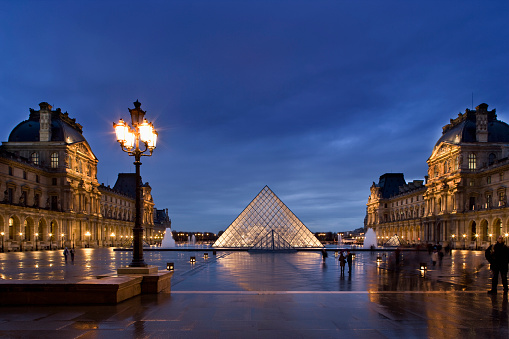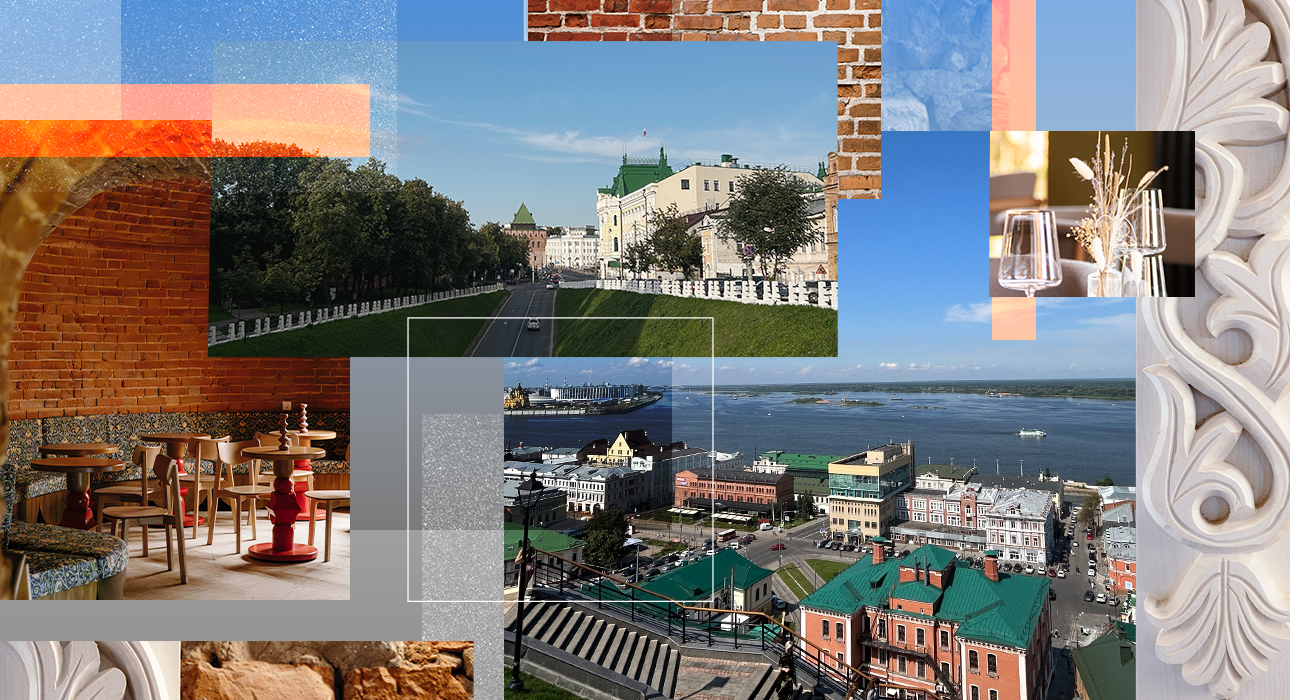Before offering you some courses of action, an inventory that’s hot in the back:
- 2.3 billion people are affected by drought according to a UN report published on 11 May 2022. By 2030, 700 million people are at risk of being displaced.
- India, Pakistan, Egypt, Saudi Arabia and Mexico have been recording temperatures of up to 51 ° C for several weeks. Inability to breathe, power outages, lack of water supply, increase in the collapse of biodiversity (in India thousands of birds have fallen from the sky tired and dehydrated) … What the inhabitants of these countries experience resembles in all respects a dystopia still very real.
- Even in Europe the temperatures announced for the next few days are frightening with up to 20 ° C above seasonal norms and up to 40 ° C particularly in the south of France. 15% of the territory is affected by the lack of water.
[Actualisation] The temperature anomaly scheduled for this weekend is still mind-boggling, I can’t find other words. It will be 15 to 20 ° C above standards with possible peaks of> 37 ° C.
I insist: big black spot on wheat flowering coupled with drought! pic.twitter.com/eFDEh3RicS– Dr. Serge Zaka (Dr. Zarge) (@SergeZaka) May 17, 2022
Map of France of the departments according to the level of drought risk by the end of the summer published by the Ministry of Ecological Transition #AFP
🖱️ @sylvie_husson ⤵️ pic.twitter.com/OXlcag7Mk7
– Agence France-Presse (@afpfr) May 19, 2022
Last night the temperature remained abnormally high in France, locally in urban areas above the 20 ° C threshold corresponding to the notion of “tropical night”.
This is the case in Paris, Roissy, Le Bourget, Villacoublay, Orléans, Lyon St Exupéry and Cap Corse. pic.twitter.com/U6SMhC4XFi– Gaetan Heymes (@GaetanHeymes) May 19, 2022
- In France, drought threatens agricultural production, particularly cereals. Without rainfall for weeks, wheat growth is in danger as well drought could significantly reduce yields. The war in Ukraine was already severely disrupting the supply of grain as Ukraine and Russia are among the world’s largest producers and exporters.
- Brittany, the first agricultural region in France and the first agri-food region in Europe, has experienced an average rainfall deficit of 30% since October 2021. The drought challenges agricultural practices that consume a lot of water, such as livestock farming and intensive agriculture.
- Drought disproportionately places the burden of collecting water on women, who are among the first victims of climate change and the collapse of biodiversity.
As often faced with the causes and consequences of climate change, we unfortunately feel helpless, anxious and overwhelmed by the system that gives us the feeling of being totally deprived of our power to act.
Here are some avenues that combine collective and individual actions that you can take advantage of! (Remember that individual ecology is necessary but insufficient in the face of the challenges of climate change and the collapse of biodiversity)
1: Help the wildlife around you
Are you hot and thirsty? Animals too!
The Bird Protection League offers a simple trick to help them stay hydrated:
“Install a shallow container (3-4 cm) filled with water in the shade of your garden or on your balcony. Make sure it is placed in an open area where birds can see the arrival of potential predators. This will allow the birds and also the hedgehogs, squirrels and bees to quench their thirst safely. This water should ideally be renewed every morning during the cool hours to avoid the spread of diseases, the proliferation of mosquitoes and kept at a constant level ”.
2 – Drastically plant your diet
In addition to being responsible for 15% of greenhouse gas emissions, the production of animal products consumes a lot of water.
As meat.info reminds us:
- Production of meat and eggs it needs more water compared to that of legumes and cereals.
- farm emits significant amounts of nitrates, phosphates and other substances which accumulate in the water and cause the proliferation of green algae.
- Near 80% of ammonia emissions they come from agriculture. Ammonia dissolves in precipitation and causes acid rain.
- Breton farms emit as much excrement as 60 million inhabitants and this excrement is scattered untreated on the ground and polluting the aquifers.
- On average, 7900 liters of water are needed to obtain 1 kg of meat proteins compared to 4650 liters for 1 kg of vegetable proteins
As you understand, drastically reducing your consumption of animal products while advocating veganism and vegetarianism around you is therefore the individual action that has the greatest impact on water consumption.
Need help planting your diet? The blogs Le Cul de Poule, la Petite Okara and Deliacious are sure to help you! Do you have other blogs to recommend? Post them in the comments!
3 – Participate in hedge planting projects and lobby public authorities for green cities
The removal of the hedges (called land consolidation), which began in the 1960s, greatly contributed to accentuating agricultural drought as it favored the flow of rainwater (and synthetic fertilizers).
The replanting of hedges is therefore an effective action to combat drought.
The La Haie Donneurs association, for example, offers many initiatives around hedges and biodiversity, to be organized through the association or among friends! Owl !
Furthermore, the absence of trees in urban areas contributes to the creation of so-called “heat islands”, areas where temperatures are higher due in particular to urbanization and the artificialization of the soil. Temperatures in urban centers are on average 4 ° C higher and can reach up to 12 ° C more than in neighboring areas such as rural or semi-rural areas.
The revegetation of urban areas and the fight against the artificialization of soils are priority areas for combating these heat islands. Don’t hesitate to defend the non-concrete spaces and trees threatened with destruction around you, as you pressure your city hall to make your neighborhood / city greener!
4 – Support farmers in agroecology, organic farming or conversion
Agriculture consumes 70% of the world’s water consumption and it is therefore the sector of activity that consumes the most water. In addition to being extremely polluting, intensive agriculture requires a lot of water.
Promoting sustainable agricultural practices such as agroecology (respect for soil life and biodiversity, peasant seeds, polyculture, reduced irrigation, etc.) is therefore an excellent way to indirectly combat drought and the collapse of biodiversity.
Attend woofervisit agro-ecological farms, support organic farmers (increasingly in difficulty in the face of the decline in subsidies for conventional farmers), become farmers themselves, join collective agricultural projects … many ways to encourage a virtuous agricultural model and limit damage !
5 – Participate in collective actions against the agro-industrial model and the artificialization of soils
Intensive agriculture that pollutes and kills 850 million animals a year in France, synthetic fertilizers that pollute and destroy soil life and biodiversity, monoculture, the use of motor machines and excessive robotization, monopoly of water … It is necessary to combat intensive agricultural practices to favor an agricultural model that respects man and non-man.
Join the local struggles fighting against the grabbing of agricultural land, intensive farming, the artificialization of soils, the construction of mega ponds …
The engineers graduated from the AgroParisTech school also spoke about the agro-industrial model and its consequences in a speech calling for the abandonment of the sector.

Cover photo credit: Ilya Alashevskiy for Getty Images
Source: Madmoizelle
Lloyd Grunewald is an author at “The Fashion Vibes”. He is a talented writer who focuses on bringing the latest entertainment-related news to his readers. With a deep understanding of the entertainment industry and a passion for writing, Lloyd delivers engaging articles that keep his readers informed and entertained.





